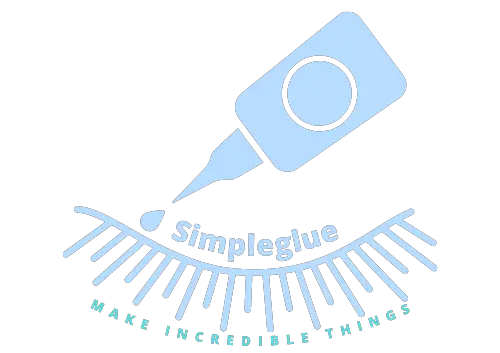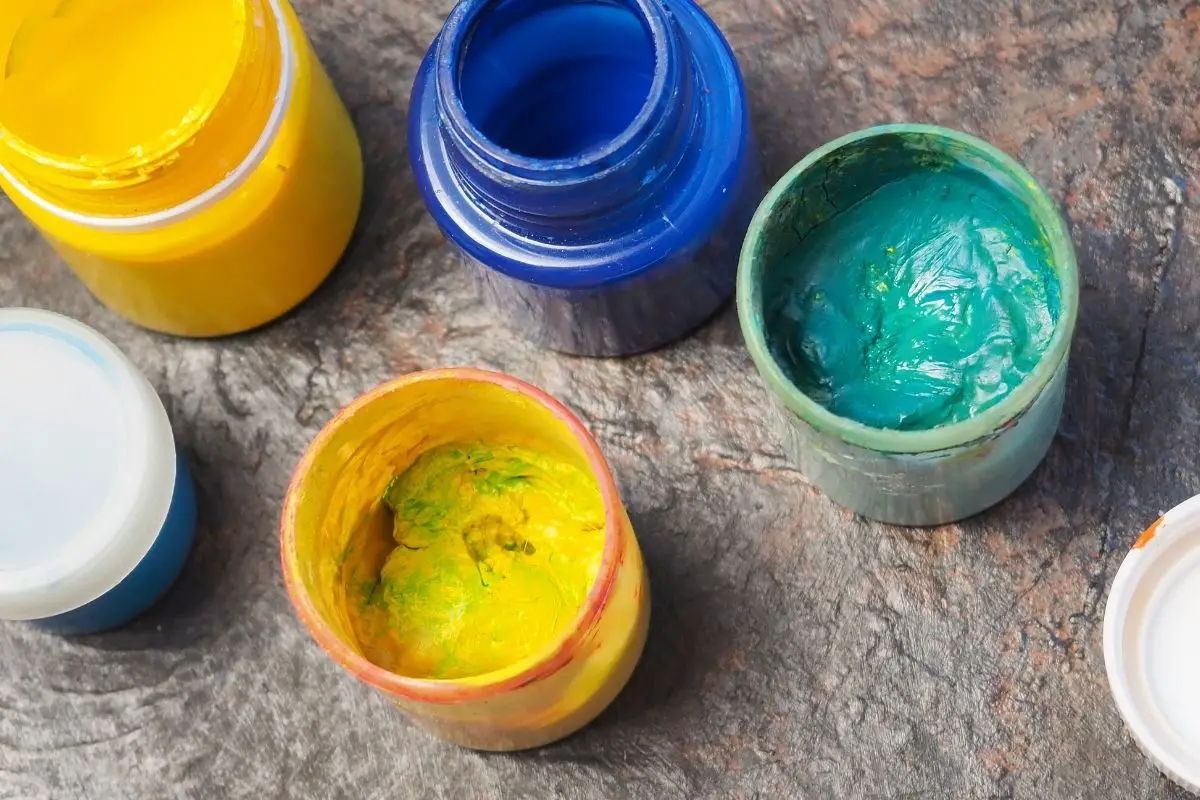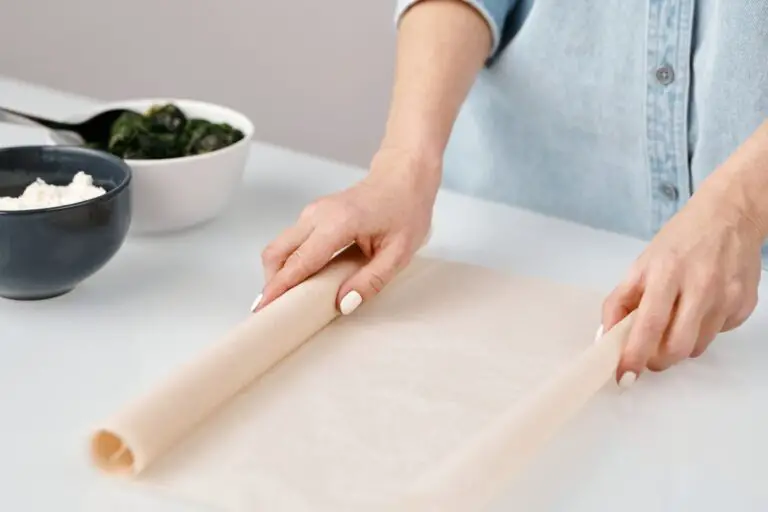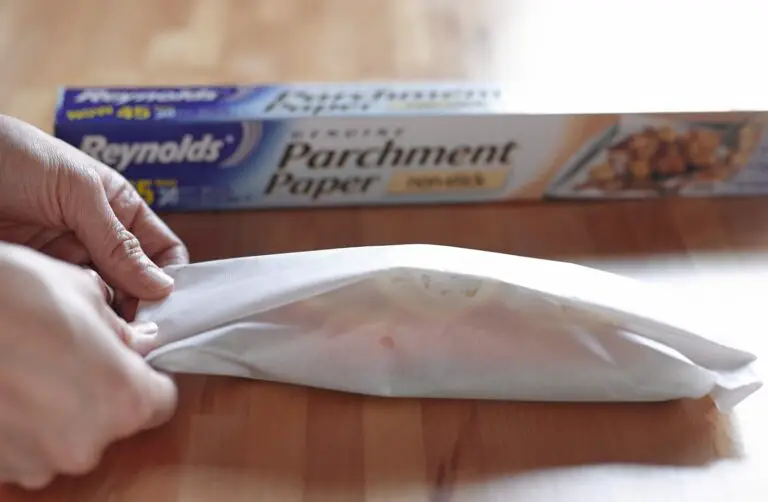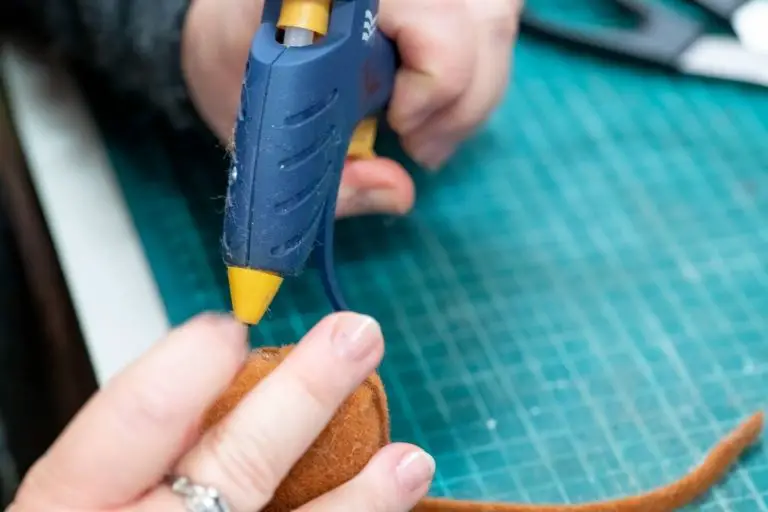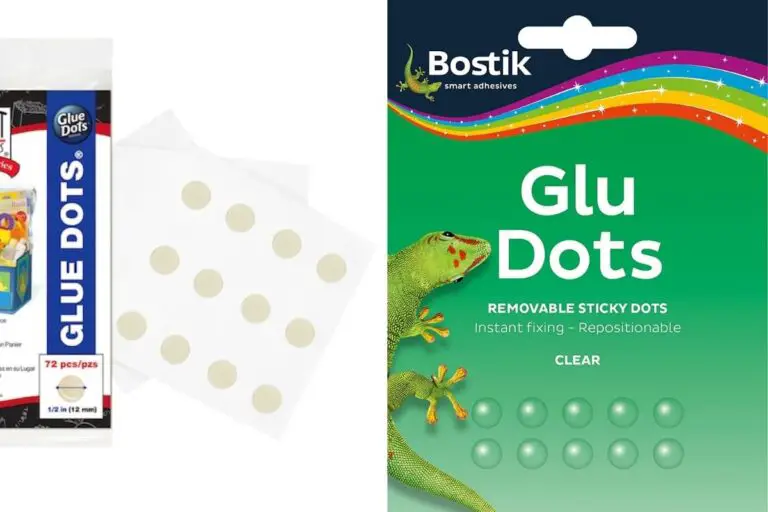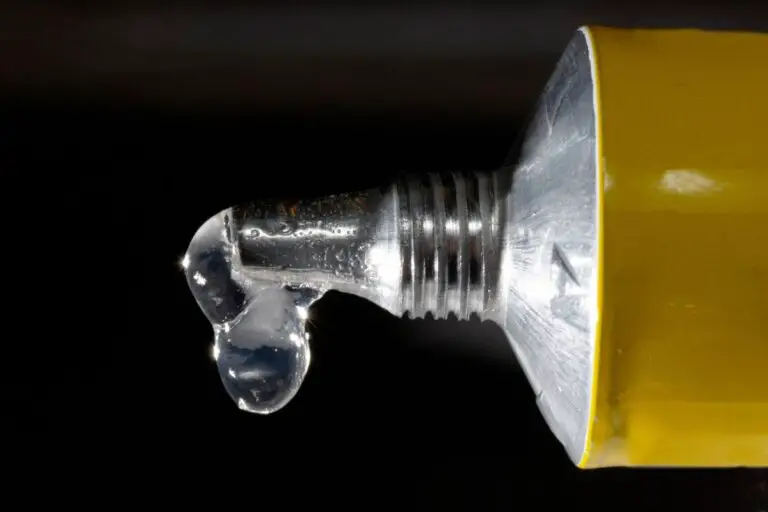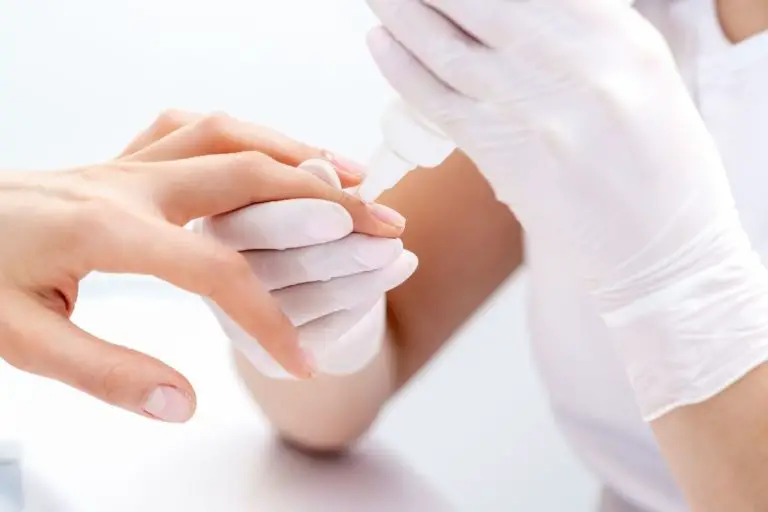Can You Paint with Acrylic Over PVA Glue? [Results From Real Tests]
When working with acrylic paint, the surface you’re painting on needs to be completely smooth so that paint can effectively bind onto it. That’s why it’s crucial for artists to learn how to prepare the surface they will be painting on by using a primer.
There are many primers on the market, yet some artists prefer to work with PVA glue as it’s more accessible and affordable. The most important thing to consider when choosing any primer is whether you can easily paint over it with the kind of paint you’re working with.
So, can you paint with acrylic over PVA glue? You can paint with acrylics over PVA glue. That’s why some artists use PVA glue mixed with water as a primer before painting. Applying multiple coats of PVA primer on the surface you’re painting will make it smoother and less absorbent. This will allow the acrylic paint to bond better with the surface and the color to stand out more.
Keep reading to learn more about the properties of acrylic paint and how to use PVA glue as a primer before painting.
Contents
What Is Acrylic Paint?

Acrylic paint is a kind of paint that’s made of pigments suspended in acrylic polymer emulsion, plasticizers, silicone oils, defoamers, and other stabilizing ingredients.
Most kinds of acrylic paints are water-based, but they will become water-resistant once dry. The degree of water resistance and how fast the paint will dry depend mostly on its binding characteristics which can be modified using water or special kinds of acrylic gels.
This paint has the ability to bond to lots of different surfaces including paper, canvas, fabric, plastic, and other materials. However, it cannot be used on surfaces with porous nature such as wood or fiberboard.
That’s why it’s highly recommended to prime any kind of surface you’ll be painting on if you’re using acrylics.
What Does It Mean to Prime a Surface Before Painting?
Priming a canvas before painting involves applying two or more layers of a priming material to the surface to ensure it will be completely smooth and ready to take on the paint.
If you used acrylic paint on a poorly primed surface, the paint might not bond well with the surface or it might sink in leaving dull patches on the surface of your painting.
Priming will help fill in any pores on the surface to make it smoother so your brush will flow better. It will also make the surface less absorbent and prevent the paint from leaking through.
There are various kinds of primers that you can use for acrylic painting and some canvases can be purchased pre-primed. You can also make your own primer using PVA glue.
What Is PVA Glue?

PVA glue is a kind of synthetic glue that is made from a combination of polyvinyl acetate, water, ethanol, acetone, as well as other chemical substances.
This kind of glue is applied in liquid or paste form then it hardens and dries to hold the materials together. It’s very simple to use and it has many advantages.
Its main advantage is that it binds strongly with different kinds of surfaces including wood, ceramic, metal, rubber, and various kinds of paper.
Other advantages of PVA glue include being very accessible and affordable. You can find it in any store that sells craft supplies and you can also purchase it online. Its cost might vary depending on the brand of the glue, but it’s generally cheaper compared to most kinds of adhesives on the market.
How Is PVA Glue Made?
Manufacturing synthetic glue like PVA glue is very simple which is why the glue is so accessible and cheap.
The process mainly involves isolating the main chemical compounds in the glue through a series of chemical reactions then adding other ingredients to control the glue’s consistency and the rate at which it dries.
Here’s a simple breakdown of how the process of manufacturing PVA glue goes:
- The base ingredient behind PVA glue is vinyl acetate. It is created through a chemical reaction between acetylene and acetic acid.
- A catalyst is added to the reaction which will increase the molecular weight of vinyl acetate to create a polymer called polyvinyl acetate.
- The polyvinyl acetate polymer can be mixed through emulsion to create the final form glue with the appropriate consistency.
- At the final stage, various chemical components are added to control the rate at which the glue dries and prevent it from drying immediately.
You can learn more about how modern glue is made in this article.
Can You Use PVA Glue as Primer for Acrylic Paint?
You can use PVA glue as a primer acrylic paint. It’s very effective as it will bond well with the surface you’re working on allowing you to easily paint over it.
The PVA glue will harden when it dries which will help fill in any pores in the surface making it smoother and less absorbent. It also dries clear so it will not interfere with the colors you’re using, instead, it will actually make the colors stand out better.
How to Use PVA Glue to Prime a Surface Before Painting?
Priming a surface using PVA glue is very easy, here are the steps you need to follow:
- To make the primer, add two-thirds of PVA glue and one-third of water into a mixing container then stir them until you reach a milky consistency.
- You can add more glue if the mixture is too thin or more water if the mixture is too thick.
- Make sure the surface you’re applying the glue primer on is clean and dry before applying any coats.
- Apply the first coat on the surface using a wide-based brush. Make sure to brush in one direction and coat the edges of the surface as well.
- Wait for the first coat to dry completely then sand it lightly using fine sandpaper to increase the smoothness of the surface.
- Apply the second coat but make sure to brush in the opposite direction to make sure you’ve covered every part of the surface.
- Wait for the second coat to dry completely before painting over the surface with the acrylic paint.
Here is a simple video that illustrates how to do it:
Related Question
Can You Use PVA Glue as A Pouring Medium for Acrylics?
You Can use PVA glue as a pouring medium for acrylics. That is because the texture and composition of the glue will mix well with the acrylic paint bringing out its colors more. It will bind onto various painting surfaces and it will dry into a sturdy layer that won’t easily wear out over time.
How Long Does It Take for PVA Glue to Dry?
It usually takes between 12-24 hours for PVA glue to dry completely. However, keep in mind that the drying time varies depending on several factors including the kind of PVA glue used, how many layers of glue you applied, the kind of surface or material you’re working with, and the room temperature
Can You PVA Glue as A Sealer After Painting?
You can use PVA glue as a sealer after painting. You need to mix the glue with water then apply multiple coats using a wide brush. Sealing a painting is highly recommended as it will help protect it from dust or UV rays. It will also bring out the colors of the painting and add a semi-reflective sheen that will increase its appeal.
Helpful Resources
If you like this article, share it!
